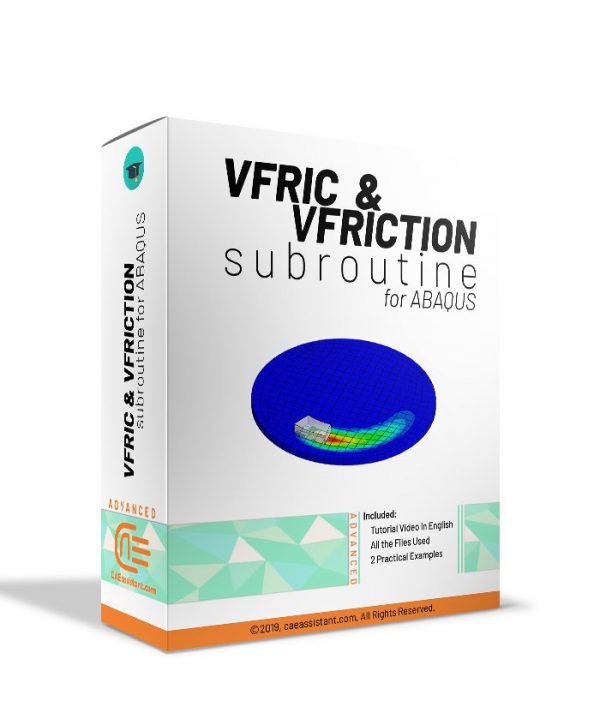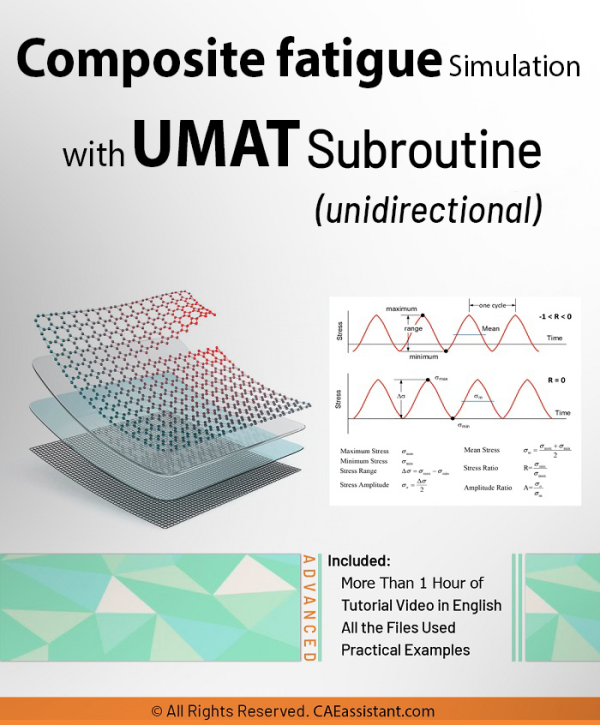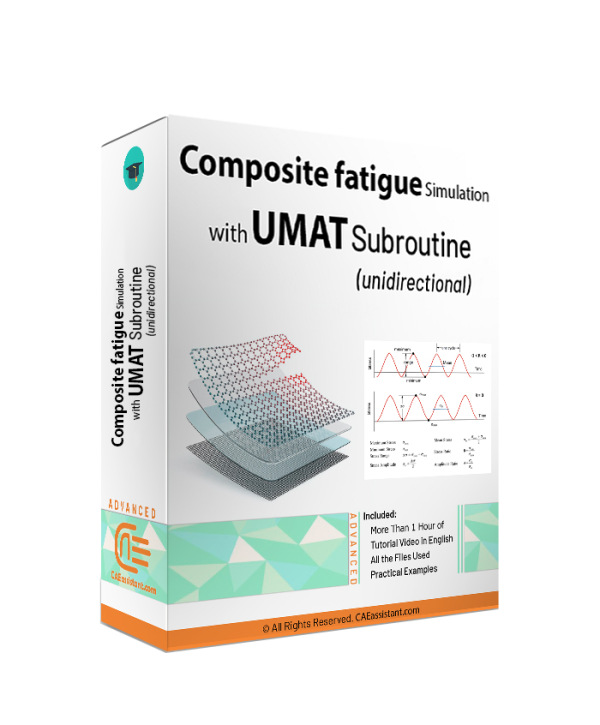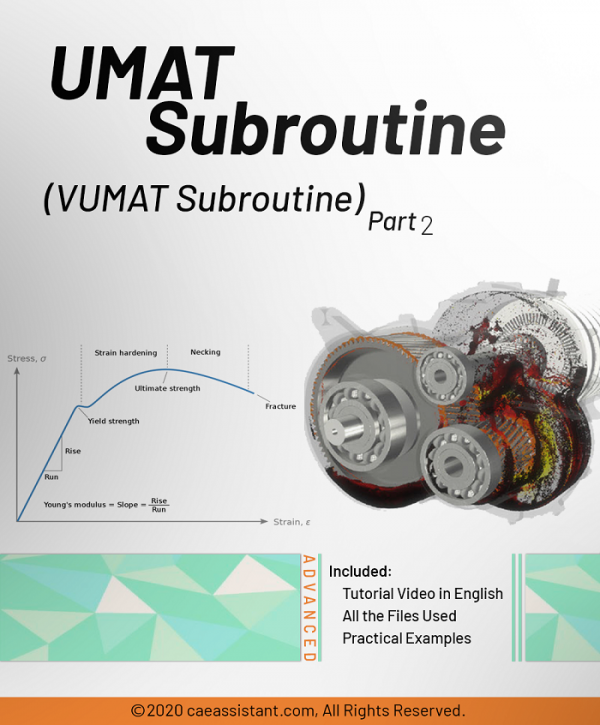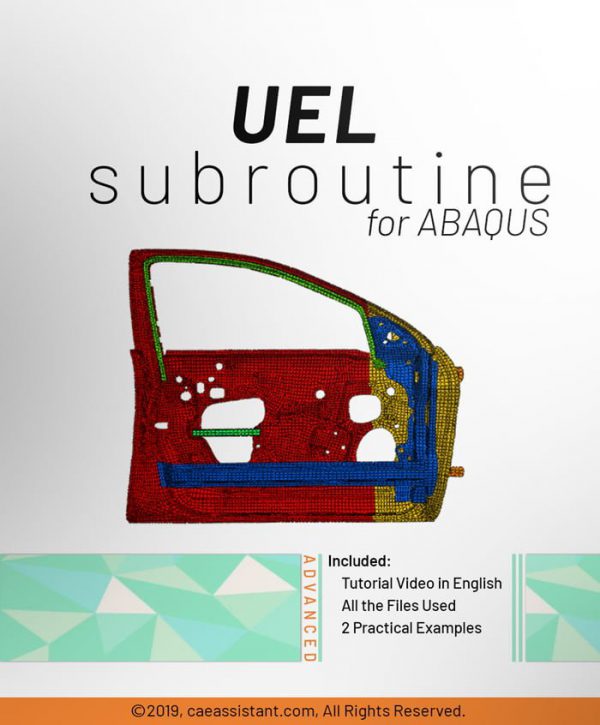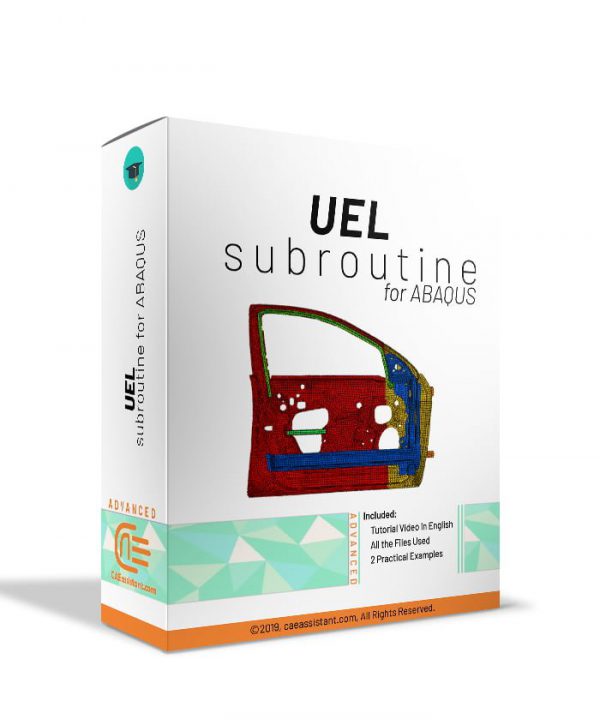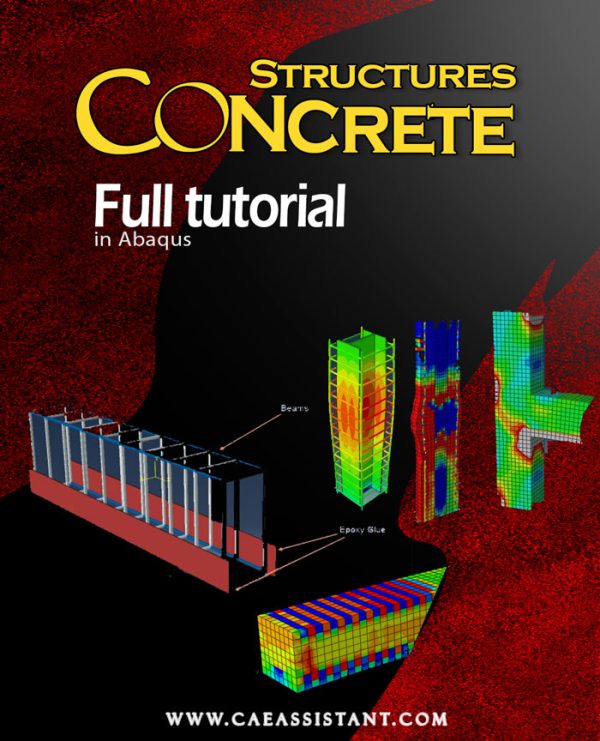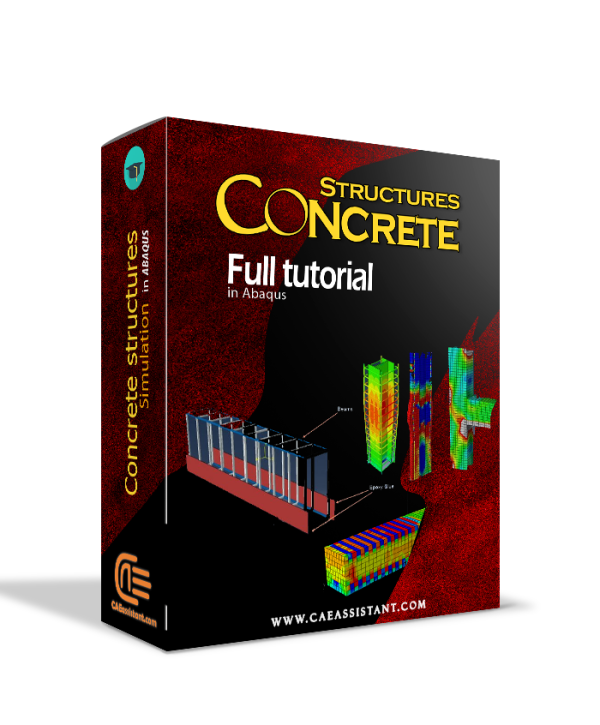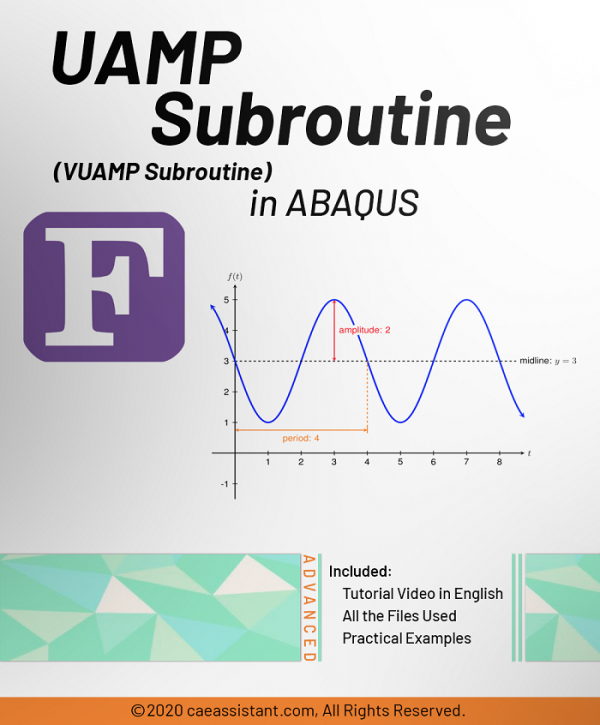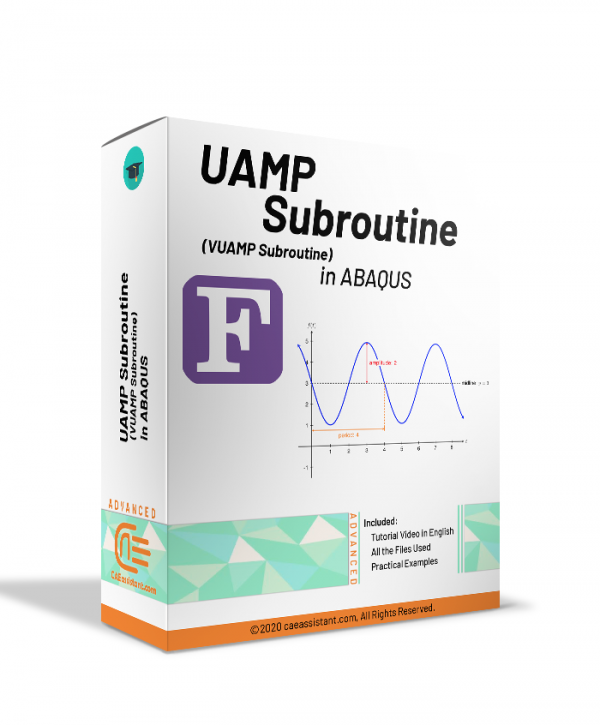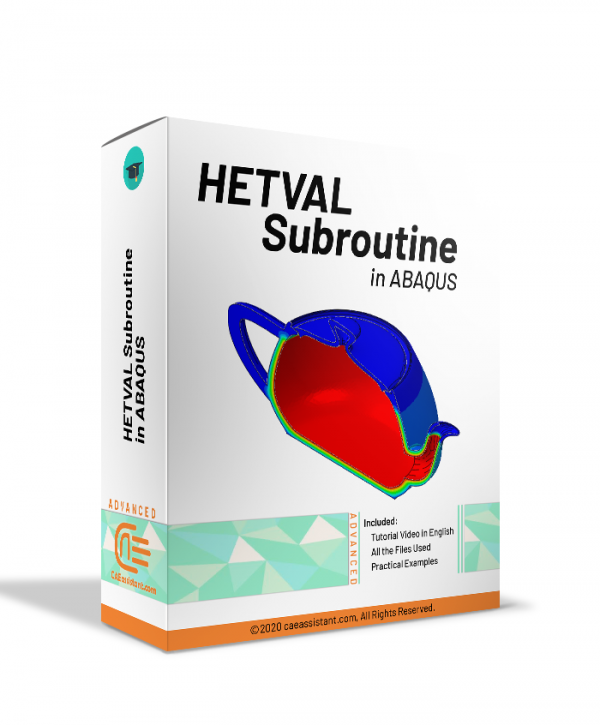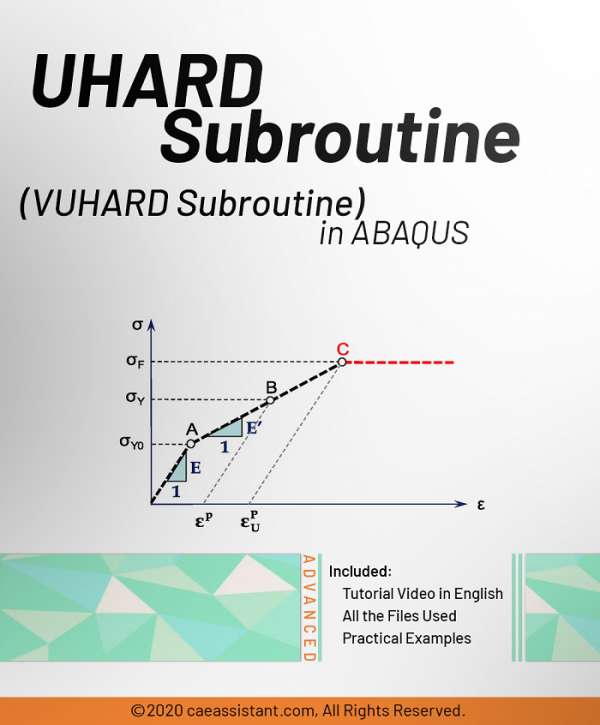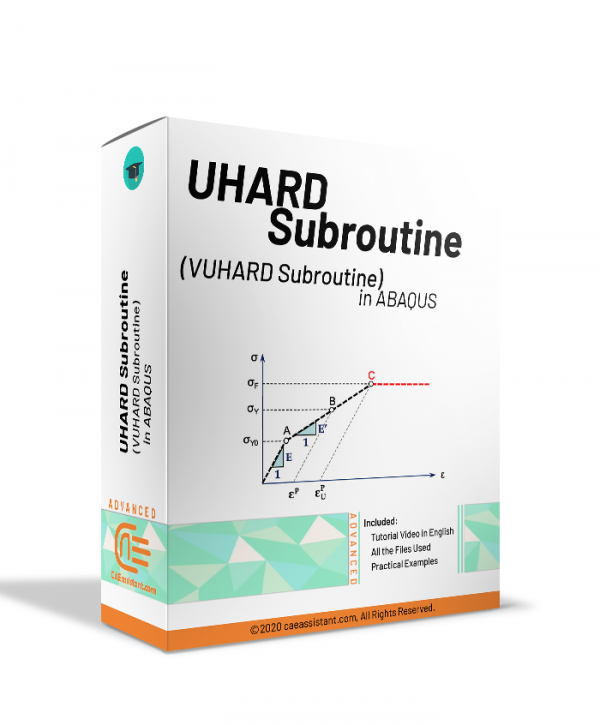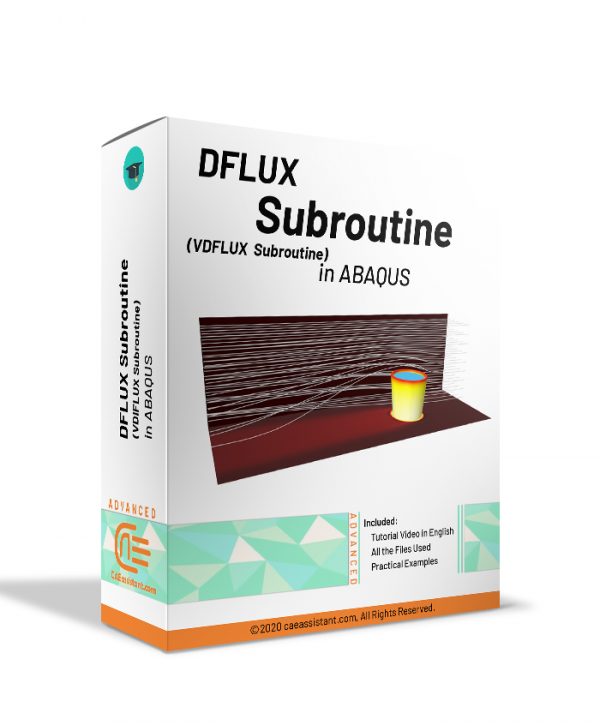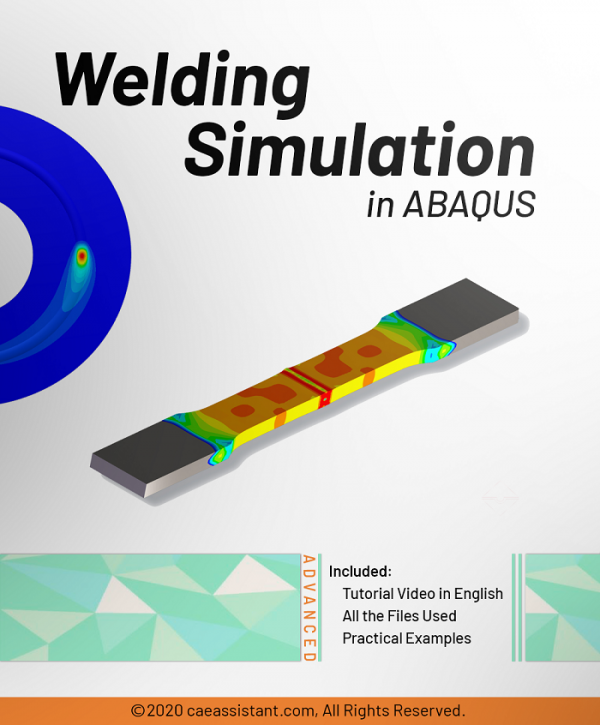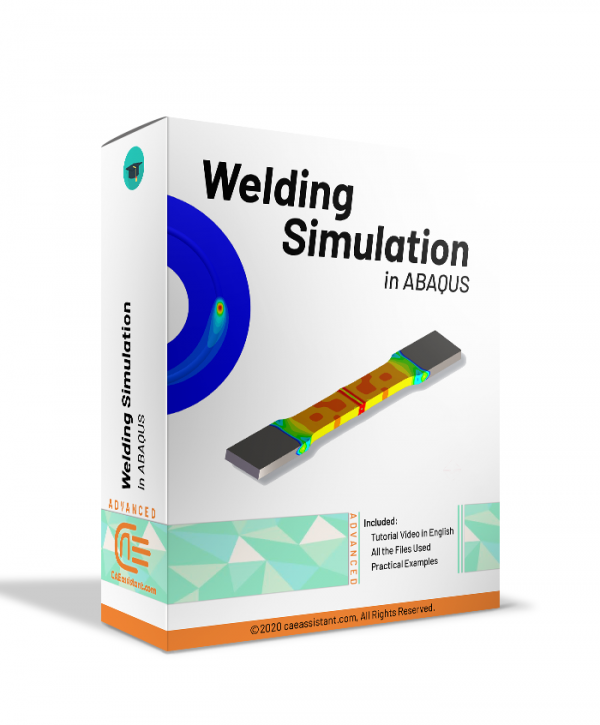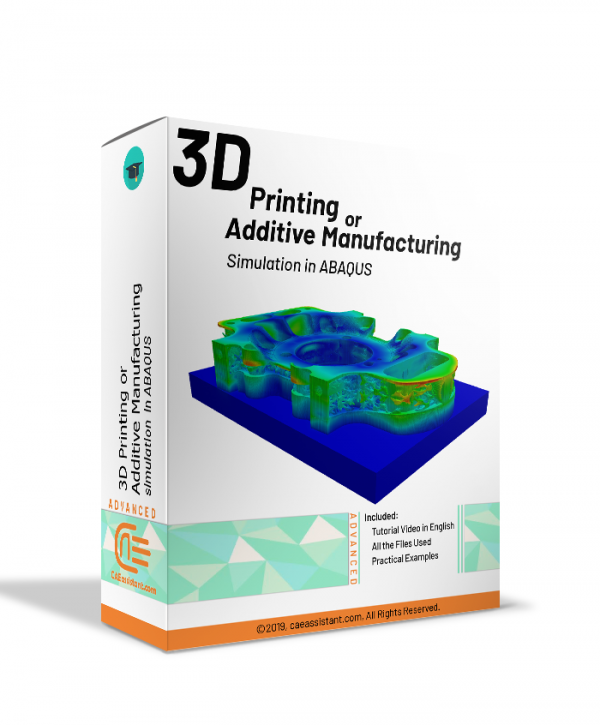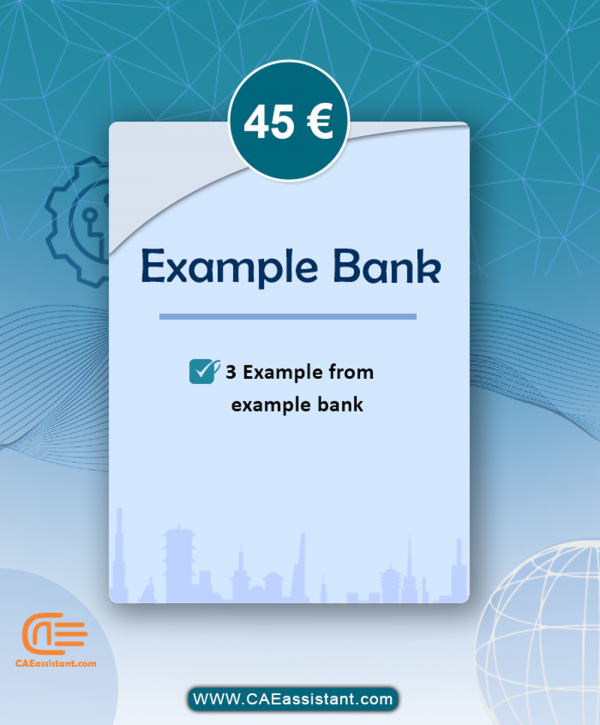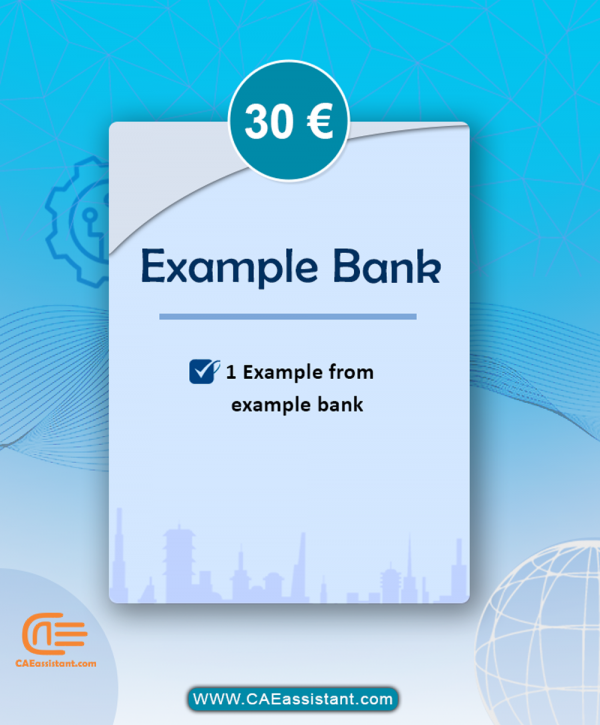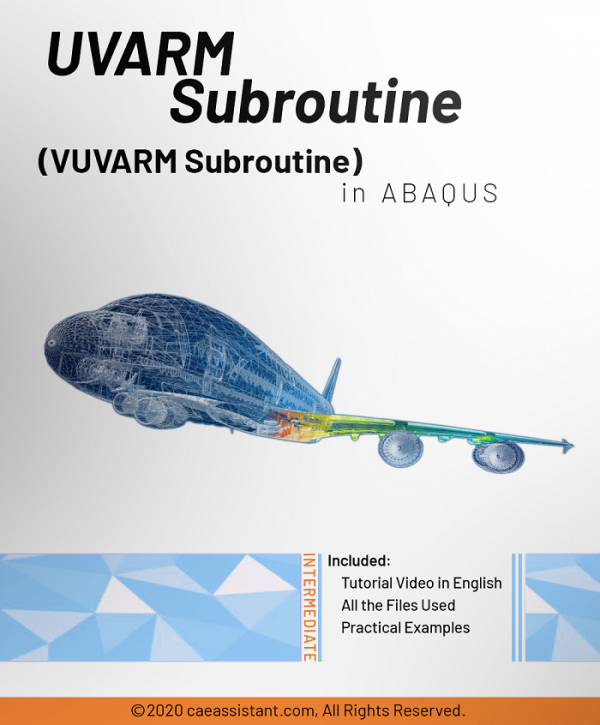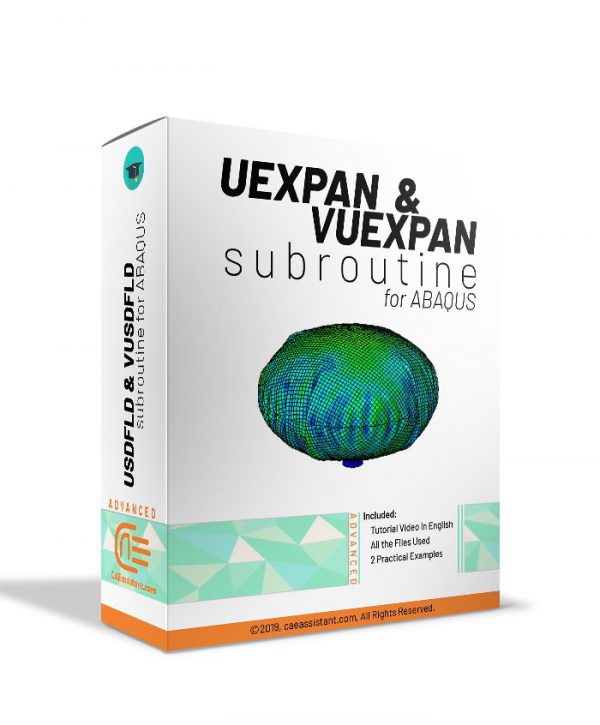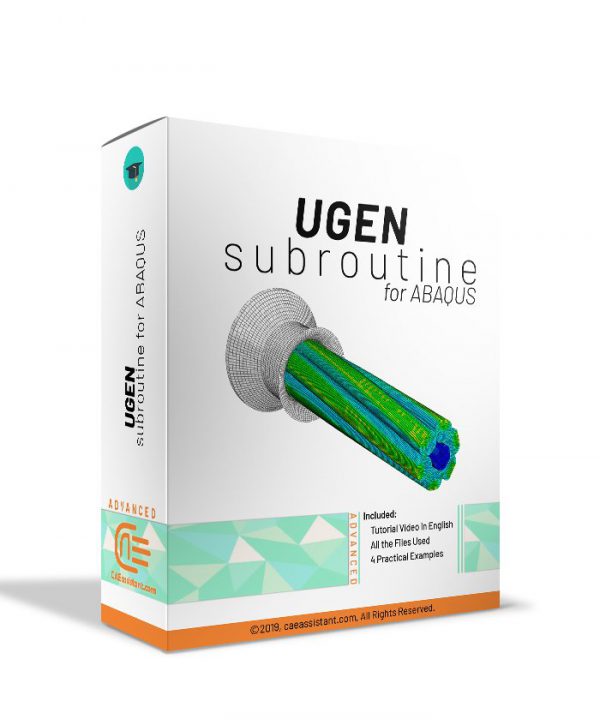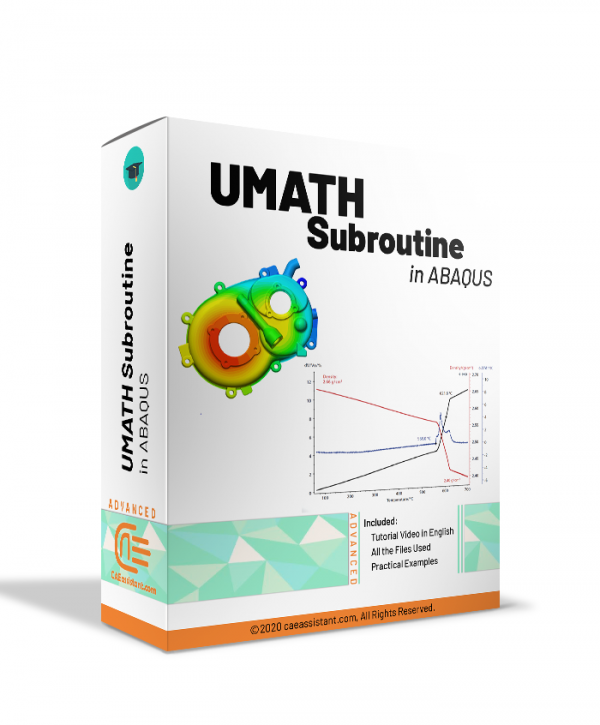Subroutine
Introduction to VFRICTION and VFRIC Subroutines in ABAQUS
This tutorial help you in cases where the classical Columbian equations are more complex and cannot be implemented by the graphical ABAQUS environment. This package introduces and teaches how to write these two subroutines. This introduction contains explaining different optional and mandatory parameters of VFRICTION and VFRIC subroutines.
Composite Fatigue Simulation with UMAT Subroutine in ABAQUS (unidirectional)
Advanced UMAT Subroutine (VUMAT Subroutine) – Abaqus UMAT tutorial
Introduction to UEL Subroutine in ABAQUS
Customized Package
Abaqus Concrete structure Modeling Full Tutorial
UMESHMOTION subroutine in ABAQUS
UAMP subroutine (VUAMP subroutine) in ABAQUS
HETVAL subroutine in ABAQUS
UHARD Subroutine (VUHARD Subroutine) in ABAQUS
DFLUX Subroutine (VDFLUX Subroutine) in ABAQUS
Welding Simulation in ABAQUS
Additive Manufacturing or 3D Printing Abaqus simulation
Three Examples from Example Bank
One Example from Example Bank
UVARM subroutine in ABAQUS
UEXPAN and VUEXPAN Subroutine
This tutorial teach how to define incremental thermal strains as functions of temperature, predefined field variables, and state variables loads. UEXPAN and VUEXPAN subroutines are used for implicit and explicit solvers respectively.
UGEN Subroutine in ABAQUS
This tutorial is given the shear and bending forces as the output of the subroutine where the shell mechanical behavior is nonlinear and can only be presented on the basis of general terms of the shell matrix and such behavior is not present in the ABAQUS graphical environment.
UMAT Subroutine (VUMAT Subroutine) introduction
This package is usable when the material model is not available in ABAQUS software. If you follow this tutorial package, including standard and explicit solver, you will have the ability to write, debug and verify your subroutine based on customized material to use this in complex structures. These lectures are an introduction to write advanced UMAT and VUMAT subroutines in hyperelastic Martials, Composites and Metal and so on. Watch Demo

